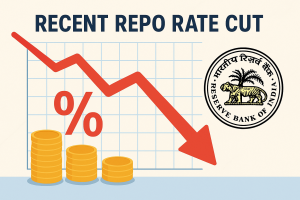According to study microplastics found in everyday products and environment are associated with numerous health risks, including infertility and colon cancer.
Tiny plastic particles may lurk in our air, and experts are raising alarms about their potential health risks. Researchers say worn-out car tires and decomposing trash are releasing microplastics into the environment, which could be linked to infertility, colon cancer, and breathing issues.
Microplastics in cosmetics, toothpaste, food containers, and clothes have already sparked health concerns. Now, studies suggest these minuscule fragments, smaller than a grain of rice, might damage cells, cause inflammation, and disrupt gut bacteria.
Rising plastic pollution and its health risks
After analysing 3,000 studies, researchers from UC San Francisco (UCSF) suspect microplastics may negatively impact reproductive, digestive, and respiratory health, possibly linking them to colon and lung cancer. “Microplastics are particulate matter air pollution, and we already know this type of pollution is harmful,” said Tracey J. Woodruff, senior study author and UCSF professor of obstetrics, gynecology, and reproductive sciences.
Research indicates global plastic production could reach 1.1 billion metric tons by 2050.
According to the research team, companies worldwide produce nearly 460 million metric tons of plastic annually, projected to soar to 1.1 billion by 2050. Microplastics are categorised into two types: primary and secondary. Primary microplastics, like microbeads in cosmetics, are designed for specific purposes such as exfoliation. Secondary microplastics, on the other hand, result from the breakdown of larger plastic items over time.
What UCSF researchers discovered
UCSF researchers revealed that car tyre wear and tear from road friction is a major source of airborne plastic particles. Humans inhale or ingest these microplastics, with studies suggesting that Americans consume around 39,000 to 52,000 particles annually.
Microplastics have been found in human placentas, lungs, liver, urine, breast milk, and blood. The study highlighted “high” evidence linking microplastics to poor sperm quality, testicular issues, and weakened immunity. It also found “moderate” evidence of harm to ovarian follicles, reproductive hormones, the colon, small intestine, and lung function.










